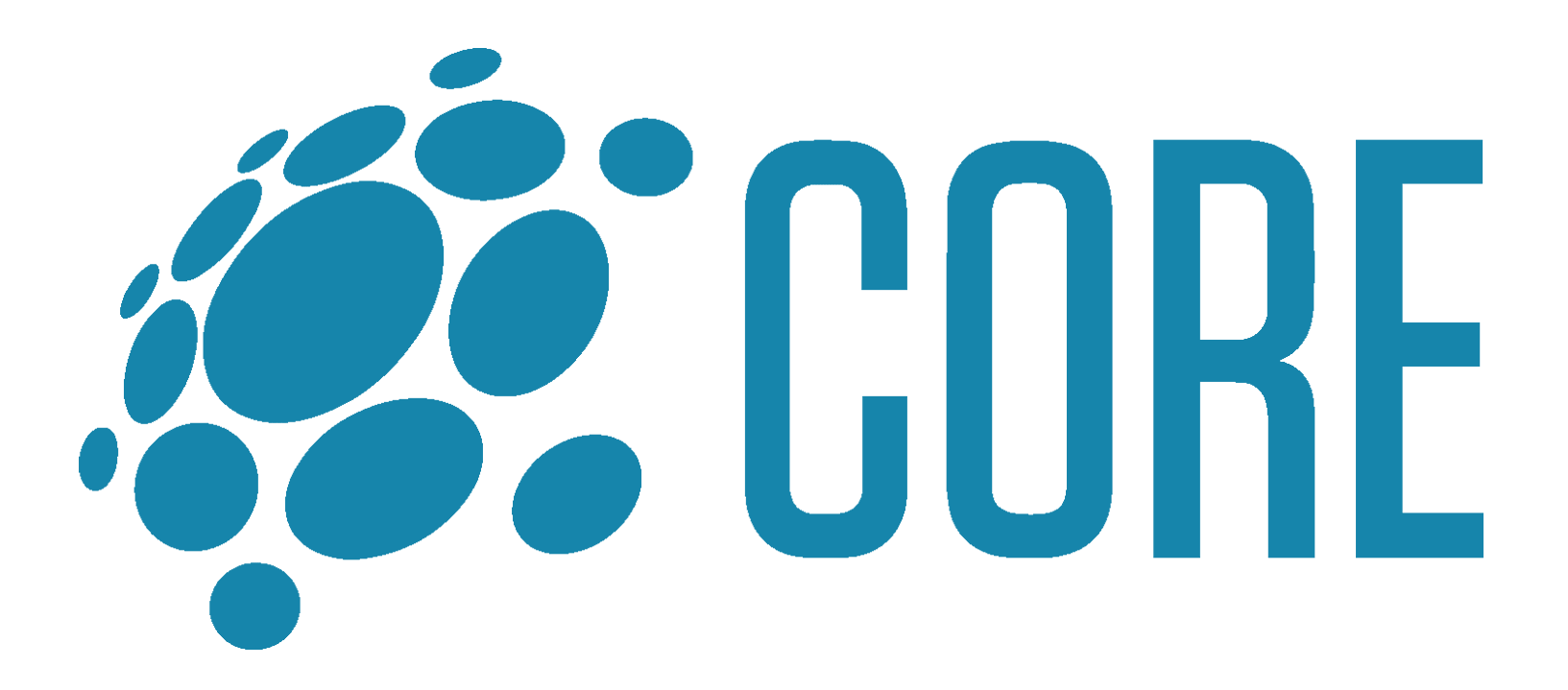Wearable Devices Published A Report By Its XR Team Suggesting 'The Mudra Band Can Be The Neural Bridge For Apple And Meta In Their Next Wave Of Smart Glasses Interaction'
Author: Happy Mohamed | March 18, 2024 08:47am
The report notes Mark Zuckerberg addressed the Apple Vision Pro sensors saying "perfect for everything though for typing or complex tasks you're going to want things like hands or a controller or eventually a neural interface"
YOKNEAM ILLIT, ISRAEL, March 18, 2024 (GLOBE NEWSWIRE) -- Wearable Devices Ltd. (the "Company" or "Wearable Devices") (NASDAQ:WLDS, WLDSW))))), a technology growth company specializing in artificial intelligence ("AI")-powered touchless sensing wearables, published today a comprehensive report by its XR team reviewing the latest developments in the wearable technology market, focusing on extended reality (XR). This comprehensive report draws on extensive research into Human-Computer Interaction (HCI) to present a detailed overview of the innovative strides made by industry leaders such as Apple and Meta, as well as the pioneering role of the company's Mudra Band in advancing smart glasses technology.
In their report, the XR team from Wearable Devices elucidates the growing dynamism and mainstream appeal of the smart glasses market, notably accelerated by the entrance of major players such as Meta and Apple. This strategic participation not only energizes the market but also serves as a dual endorsement of the underlying technology and user experience (UX).
The report puts a spotlight on the myriad methods of HCI currently revolutionizing the field of smart glasses. These range from touchless and hands-free interfaces, advanced eye-tracking, to the cutting-edge realms of neural interface wristbands and thought-based brain implants. Apple has leaned in its Spatial experience and Apple Vision Pro, towards integrating gesture cameras and sensors for pointing and eye tracking for navigation, focusing on blending advanced user experiences with accessibility and intuitiveness. On the other hand, Mark Zuckerberg and Meta are championing the cause of neural interfaces in the Meta Quest series, pushing forward the frontier of HCI with a belief in the vast potential of neural control to provide even more natural and intuitive digital interactions.
The report refers to Mark Zuckerberg recently underscoring the importance of a neural interface for face-worn devices. When reviewing the Vision Pro and similarities and differences of the Meta Quest 3 on an Instagram video, Mr. Zuckerberg addressed the Vision Pro input interface as "…not perfect for everything, though. For typing or complex tasks, you're going to want things like hands, keyboard, or a controller, or eventually a neural interface, for those kinds of inputs."
Wearable Devices' technology and its flagship product the Mudra Band emerge as a standout innovation. The Mudra Band epitomizes the next step in HCI by offering users a gesture-based control system that leverages neural input that is already available for users worldwide.
This method allows for a level of precision and ease of use previously unattainable with other interfaces. The Mudra Band's approach to HCI is not just about enhancing the user experience through seamless interaction; it's also about redefining the boundaries of what is possible in the realm of wearable technology. By integrating such advanced capabilities, the Mudra Band sets a new benchmark for how we can expect to interact with our smart devices, making it a pivotal tool in the ongoing evolution of smart glasses interaction led by giants like Apple and Meta.
The report elucidates the Mudra Band's UX approach and gesture set, affirming its effectiveness as the optimal standard for XR input methods and while the Vision Pro uses gaze tracking for Navigation, the gestures used for Pointing – Tap, Pinch and Drag, Pinch and flick of the wrist, are the same gestures used in the Mudra Band for Pointing. Moreover, the Mudra Band's cutting-edge neural technology is highlighted as a key enabler for the development of AR glasses that are as light and unobtrusive as conventional eyeglasses, a direction also embraced by Meta for their upcoming products.
Highlighting the immediacy and accessibility of the Mudra Band's technology, the report notes, "The Mudra Band's neural controller is available, offering users an immediate opportunity to experience the future of gesture control without waiting for Meta's market release or the significant investment associated with the Apple Vision Pro."
Posted In: WLDS




